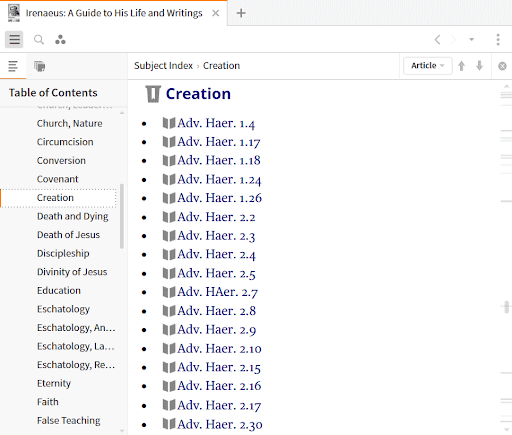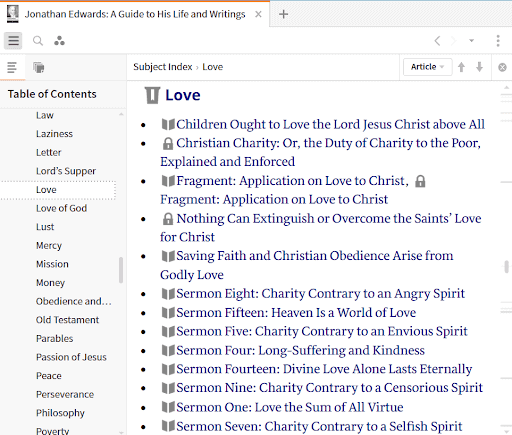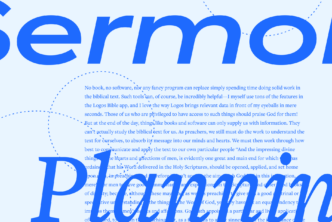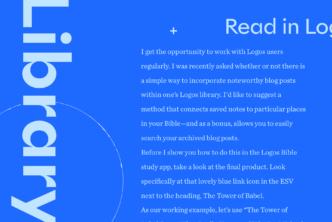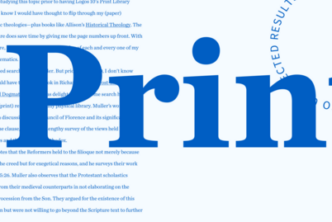There’s a feature in Logos 8 that may have sneaked past you—I know I missed it at first—and that is author guides.
Author guides offer a brief overview of an author’s life, social network, geography, and notable contributions, enhanced with links to the Factbook and Timeline.
Right now there are four author guides in every Logos 8 base package or feature upgrade: B.B. Warfield, Irenaeus, Jonathan Edwards, and Martin Luther.
To find these, open your library and type series:faithlife author guides (typing series:faithlife also works for me).
Author guides provide a survey of an author—the quick facts that orient you to their life, work, and historical setting—with information aggregated from Wikipedia, Theopedia, and other websites.
Why is this useful?
While working on my PhD, I was a teaching assistant for an Introduction to Christian Theology module. The class was structured so that a faculty expert would first lecture on the life and context of a theologian for two weeks. That way, students could make better sense of the assigned reading from that theologian’s corpus.
Author guides are structured similarly. The beginning sections offer historical grounding, while the final sections help you navigate that author’s work and find resources of interest.
But most of us will spend the majority of our time in the final sections of these guides and this is what the editors intended. In the Subject Index, the editors have sorted and categorized the authors’ writings by topic, which allows us to skim the table of contents to see, for instance, what Irenaeus wrote about creation.
In the Sermons section, the editors have grouped the authors’ sermons by book of the Bible, making it easy for us to learn from them as we study. And the Personal Letters section allows us, even if we don’t have the linked resources, to see who they communicated with.
Just take a look at a snippet from the Subject Index section of the Jonathan Edwards guide:
The table of contents in the left pane shows some of the topics Edwards addressed in his sermons and other writings. But scrolling down reveals the sermons he preached (the ones we have copies of, at least) organized by book of the Bible, and scrolling down further displays his personal letters to individuals like George Whitefield and John Erskine.
Since Edwards was so prolific and we have so many of his writings, this section is packed with topics and links to primary texts. If you want to see what Edwards wrote about topics ranging from Adoption to the Wrath of God, or sermons he preached on Genesis through Revelation, you only need to open the author guide and scroll through the contents sidebar. Of course, to get the full value of this section, you need the linked resources in your library, which, for Edwards in particular, is a significant number.
Categorizing and linking to primary texts is an arduous process, but that’s part of why Logos is so great: all that time was spent so that we could enjoy the benefits in seconds.
The authors featured in these guides are typically known for only a small slice of what they produced (think Edwards’ sermon “Sinners in the Hands of an Angry God”), but thanks to the author guides, the breadth and depth of their thinking and writing are now readily available.



